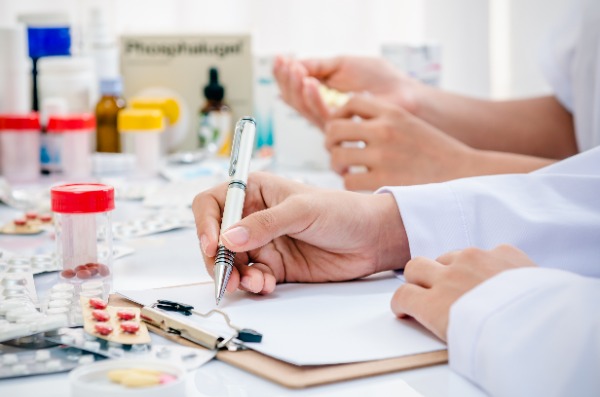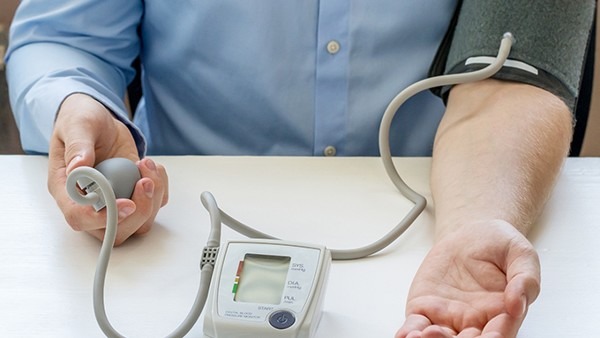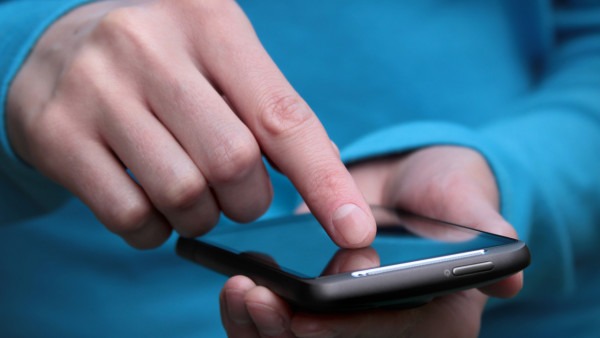How to Calculate Ovulation Day When Menstruation is Regular

Understanding Ovulation
Ovulation is the process by which a mature egg is released from one of the ovaries during the menstrual cycle. It typically occurs 14 days before the onset of the next menstrual period. However, this timeframe can vary slightly from woman to woman and cycle to cycle.
For women with regular menstrual cycles, the length of the cycle provides valuable insights into the timing of ovulation. Regular cycles typically fall within a range of 21 to 35 days, with ovulation usually happening around day 14.
Calculating Ovulation Day
There are several methods to estimate the day of ovulation when menstruation is regular:
1. Kalender Method
This method involves subtracting 14 days from the length of your average menstrual cycle. For example, if your average cycle is 28 days, your ovulation day would be around day 14 (28 - 14 = 14).
However, this method is less accurate for women with irregular cycles or cycles that differ significantly in length.
2. Basal Body Temperature (BBT) Method
This method relies on tracking your basal body temperature (BBT), which refers to the lowest body temperature reached during sleep. After ovulation, the BBT typically rises slightly due to the release of progesterone.
To use this method, you need a basal body thermometer and a chart to record your daily temperatures. Take your BBT every morning before getting out of bed and plot it on the chart. A sudden rise in temperature by 0.2-0.5 degrees Fahrenheit indicates ovulation.
3. Ovulation Predictor Kits (OPKs)
OPKs measure the levels of luteinizing hormone (LH) in urine. LH levels surge 24-36 hours before ovulation. By using an OPK, you can detect this LH surge and identify the day before ovulation occurs.
4. Cervical Mucus Method
Changes in cervical mucus can also help indicate ovulation. Around ovulation, the mucus becomes clear, slippery, and stretchy, resembling raw egg white. This consistency facilitates the movement of sperm towards the egg.
5. Ovulation Apps
There are numerous ovulation apps available for smartphones that can assist in tracking your cycle, predicting ovulation, and providing personalized fertility information. These apps often incorporate multiple methods, such as calendar tracking, BBT charting, and OPK integration.
Is it Accurate?
The accuracy of these methods can vary. The Kalender Method is the least accurate, while the BBT and OPK methods are generally more reliable. Using multiple methods can help increase precision.
It's important to note that these methods are only estimates and may not pinpoint the exact day of ovulation. However, they can provide a general understanding of when ovulation is likely to occur.
Factors that Affect Ovulation Day
Several factors can influence the timing of ovulation, including:
- Stress
- Illness
- Medications
- Lifestyle changes
- Body weight
As a result, it's possible for ovulation day to shift from cycle to cycle. If you are trying to get pregnant, it's advisable to have regular intercourse throughout your fertile window, which typically lasts for several days before and after ovulation.
When to Seek Professional Help
If you have regular menstrual cycles but have been unable to conceive after trying for a year, it's important to consult with a healthcare professional. They can evaluate your fertility and identify any underlying issues that may be preventing pregnancy.
The above is all the content that the editor wants to share with you. I sincerely hope that these contents can bring some help to your life and health, and I also wish that your life will be happier and happier.
Topic: #calculate #ovulation #how













